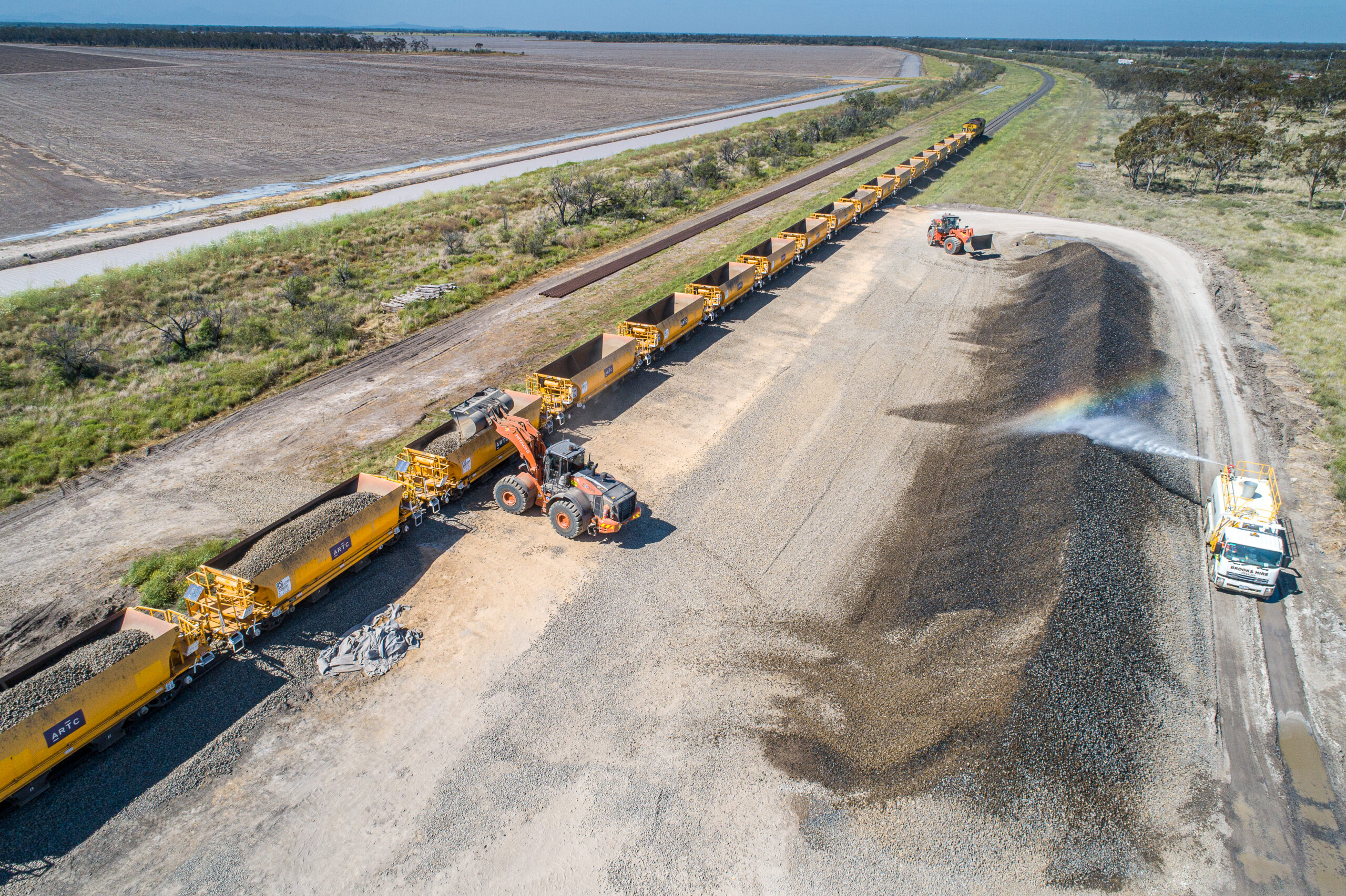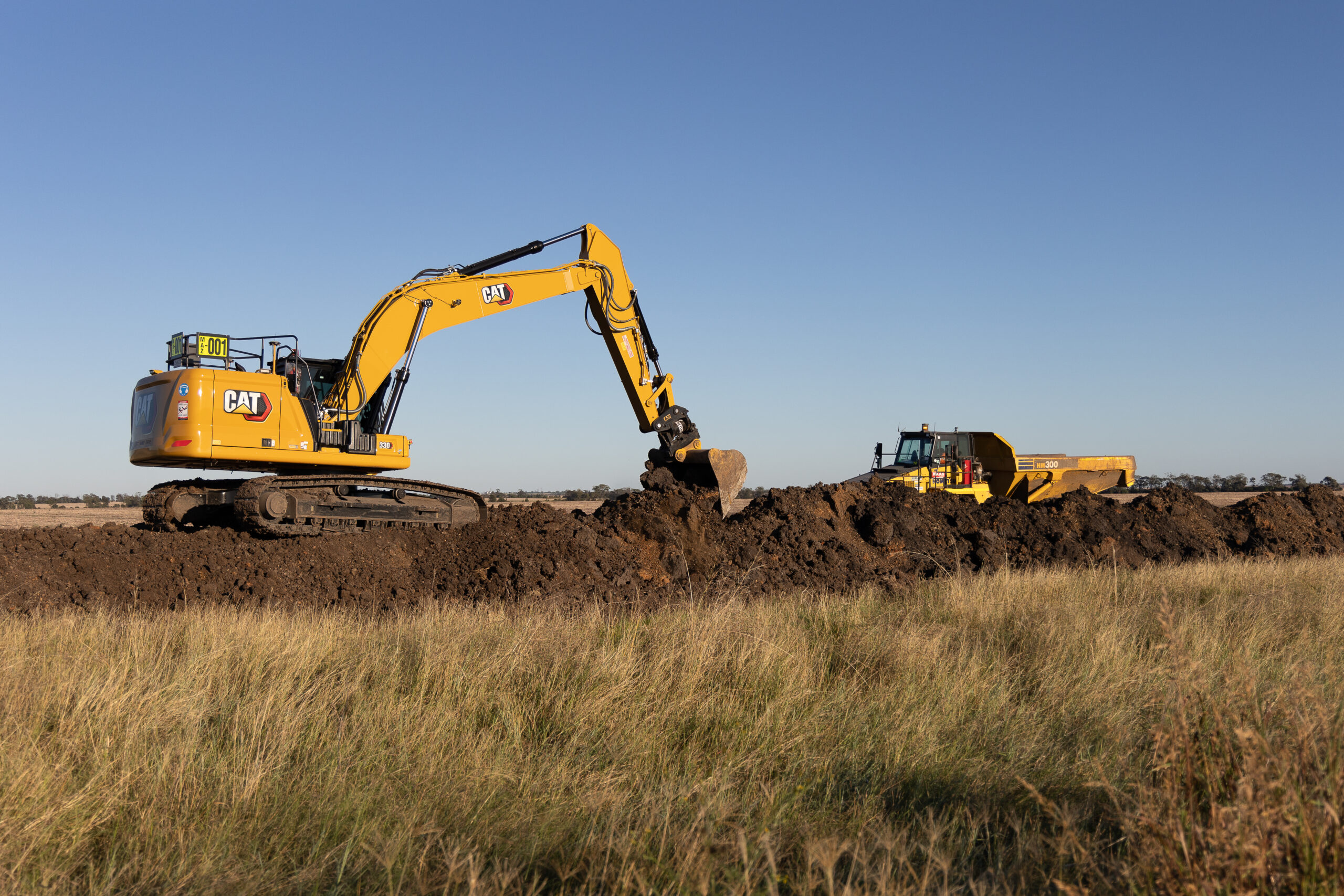Project Description
The Narrabri to North Star (N2NS) Phase 1 project is the second section of Inland Rail to finish construction, which commenced in early 2021 and included upgrade of 176km of existing rail corridor.
Social and economic benefits flowed during construction with increased local spending and many education, training and employment opportunities realised.
Over 678 local residents worked on the project including 185 local First Nations people. More than $246.4m was spent with 137 local businesses and suppliers.
With the line now upgraded and operational, it is an exciting time to see local and national businesses take advantage of an improved and safer connection between Narrabri and North Star.
Rating Highlights
| Category | Credit | Achievements/ Description |
| Ecology | Eco-1 | N2NS Phase 1 achieved an 86% improvement in ecological value by significantly reducing the area of land clearing. The offsets secured for the Construction Impact Zone included in the Design were far in excess of the actual impact of the project. An innovation point was also verified for Exceeding the benchmark of this credit. |
Verified Innovations
| Innovation Name | Verification Date | Description |
| Rail Profile | 29/07/2024 | N2NS Phase 1 received an Australian First Innovation for the innovative rail profile developed by Liberty Primary Steel for the Inland Rail program. This new rail profile reduces the need for rail grinding in the commissioning phase which saves cost and time and removes a critical hot work activity from the construction process. |
| Earthworks Specification | 29/07/2024 | N2NS Phase 1 was the second project in the Inland Rail program to use the earthworks specification that allows reuse of recovered formation material in the new formation construction. This significantly reduces the volume of material directed to landfill and the volume of virgin aggregates and fill needed for construction of the railway. |
| Exceeding Eco-1 Benchmarks | 29/07/2024 | Significant reduction in approved clearing area resulted in the offsets secured for the project exceeding the project impact. This resulted in an 86% improvement in ecological values which significantly exceeded the Level 3 benchmark of the Eco-1 credit. |










